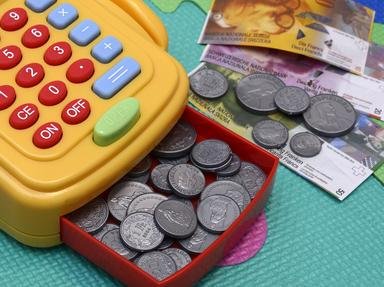
Leggo my Lego! Trivia Quiz
Mainly played in Australia
...and other arguments I had with my brother. As children we played for countless hours at my grandparents' home in the country. Most of the toys we played with were made by my grandfather, or were pen & paper games, along with a couple of bought games.
A matching quiz
by VegemiteKid.
Estimated time: 3 mins.